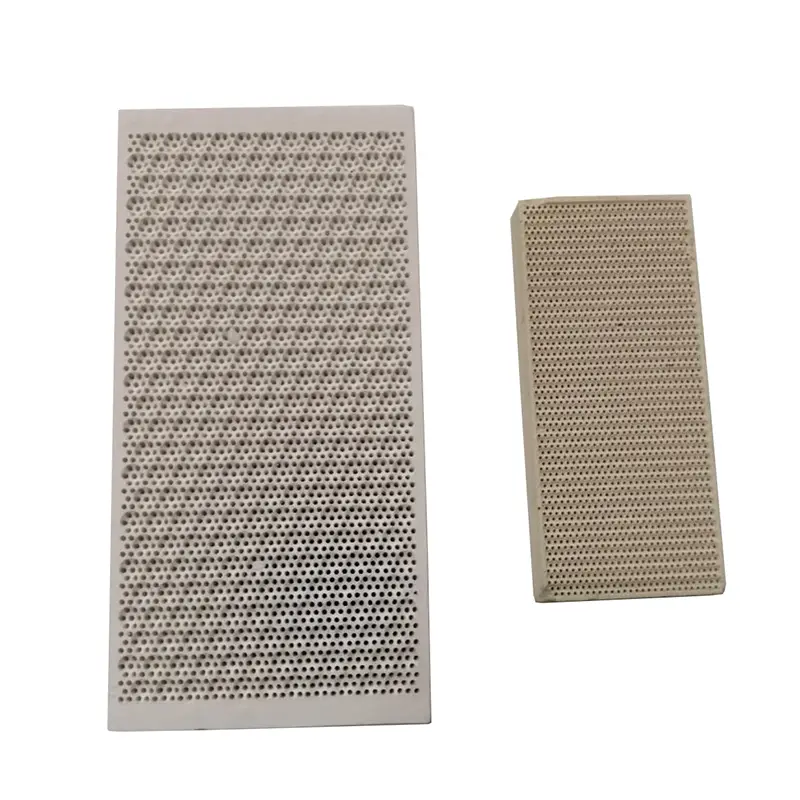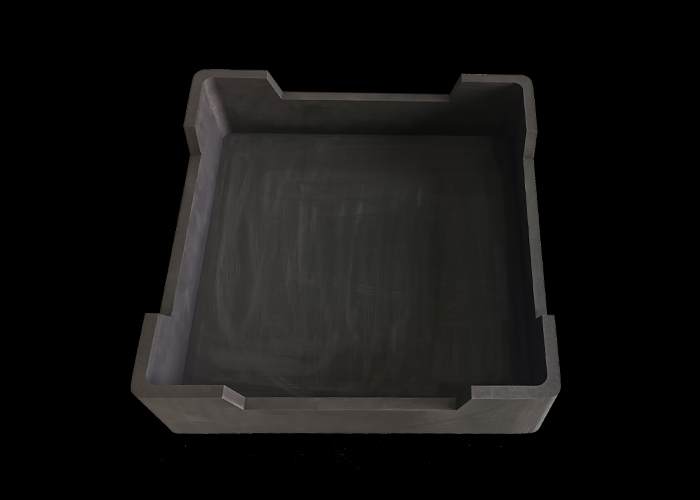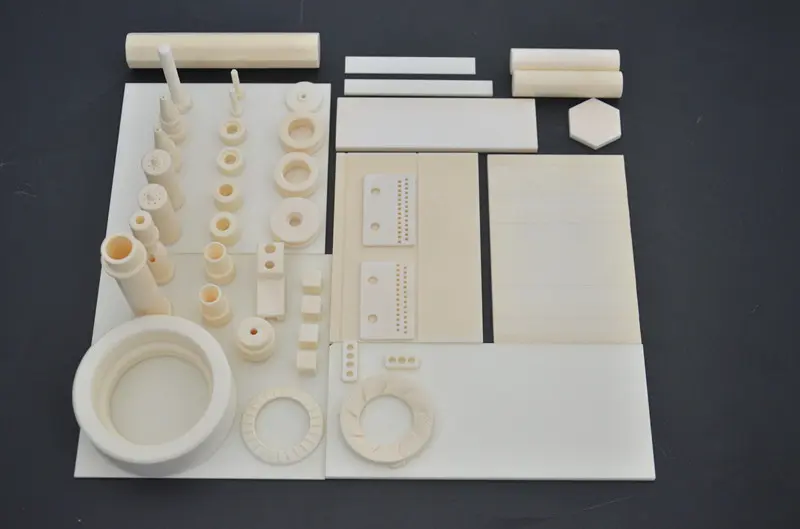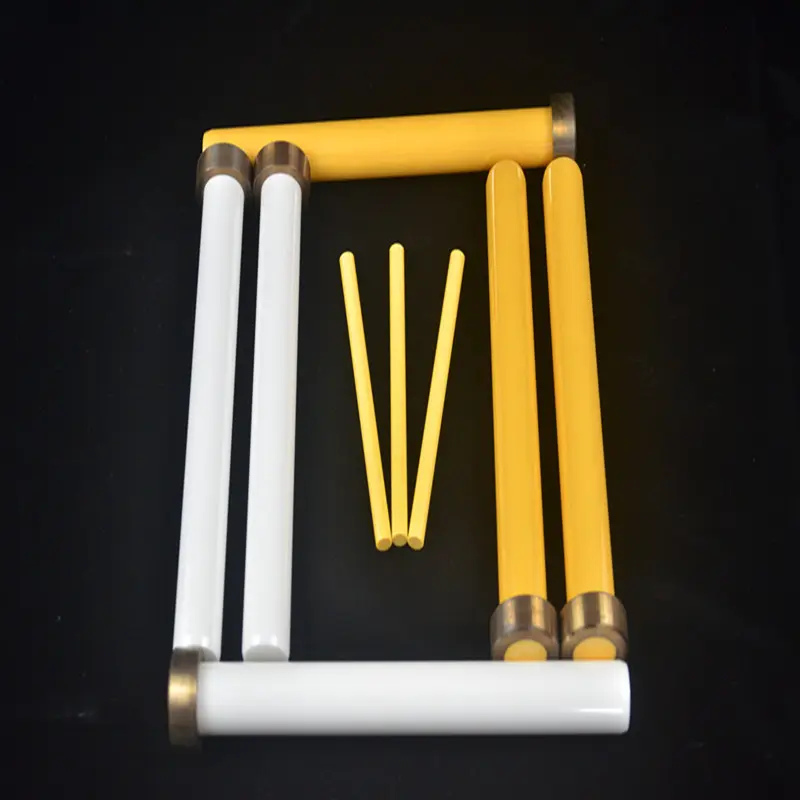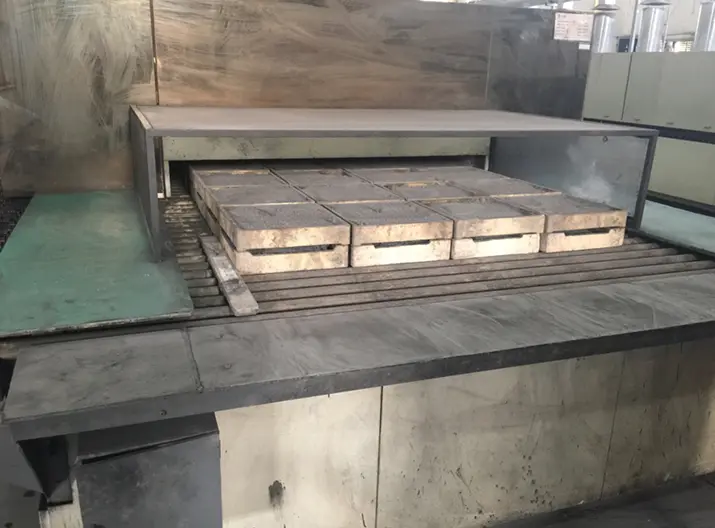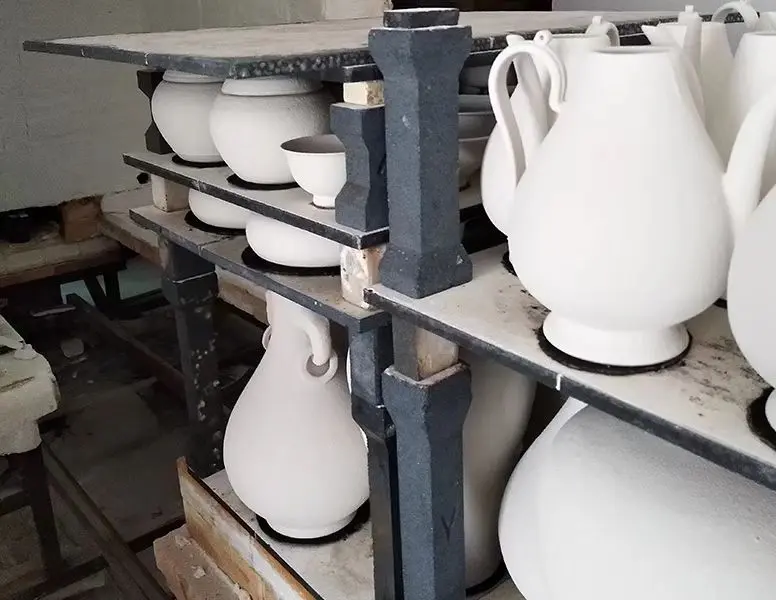Understanding MLCC: What is MLCC?
What is MLCC?
An MLCC is a type of capacitor that consists of multiple layers of ceramic material, which are stacked together to form a single component. The layers are interleaved with metal electrodes, allowing for a high capacitance value in a relatively small package. This design enables MLCCs to store and release electrical energy efficiently, making them ideal for various applications in electronic circuits.
Key Features of MLCCs
-
High Capacitance Density: One of the most significant advantages of MLCCs is their high capacitance density. This means that they can provide a large capacitance value in a compact size, which is essential for modern electronic devices that require miniaturization.
-
Low Equivalent Series Resistance (ESR): MLCCs exhibit low ESR, which allows them to handle high-frequency signals effectively. This characteristic is particularly beneficial in applications such as power supply circuits and RF (radio frequency) devices.
-
Temperature Stability: MLCCs are known for their excellent temperature stability. They can operate effectively across a wide temperature range, making them suitable for use in various environments, from consumer electronics to industrial applications.
-
Reliability: With no moving parts and a solid construction, MLCCs are highly reliable. They are less prone to failure compared to other types of capacitors, such as electrolytic capacitors, which can dry out over time.
-
Cost-Effectiveness: As manufacturing processes for MLCCs have improved, their production costs have decreased. This makes them an economical choice for manufacturers looking to balance performance and cost.
Applications of MLCCs
MLCCs are used in a wide array of applications across different industries. Some common uses include:
-
Consumer Electronics: MLCCs are found in smartphones, tablets, laptops, and other portable devices, where space is at a premium, and performance is critical.
-
Automotive Electronics: With the rise of electric vehicles and advanced driver-assistance systems (ADAS), MLCCs play a crucial role in automotive electronics, providing stable power supply and signal integrity.
-
Telecommunications: In communication devices, MLCCs are used for filtering and decoupling applications, ensuring that signals are transmitted clearly and without interference.
-
Industrial Equipment: MLCCs are also utilized in various industrial applications, including automation systems and control circuits, where reliability and performance are paramount.
Conclusion
In summary, MLCCs are an essential component in the modern electronics landscape. Their high capacitance density, low ESR, temperature stability, reliability, and cost-effectiveness make them a preferred choice for engineers and manufacturers alike. As technology continues to evolve, the role of MLCCs will likely expand, further solidifying their importance in the design and functionality of electronic devices. Understanding what MLCCs are and their applications can help individuals appreciate the intricacies of modern electronics and the components that make them work efficiently.


